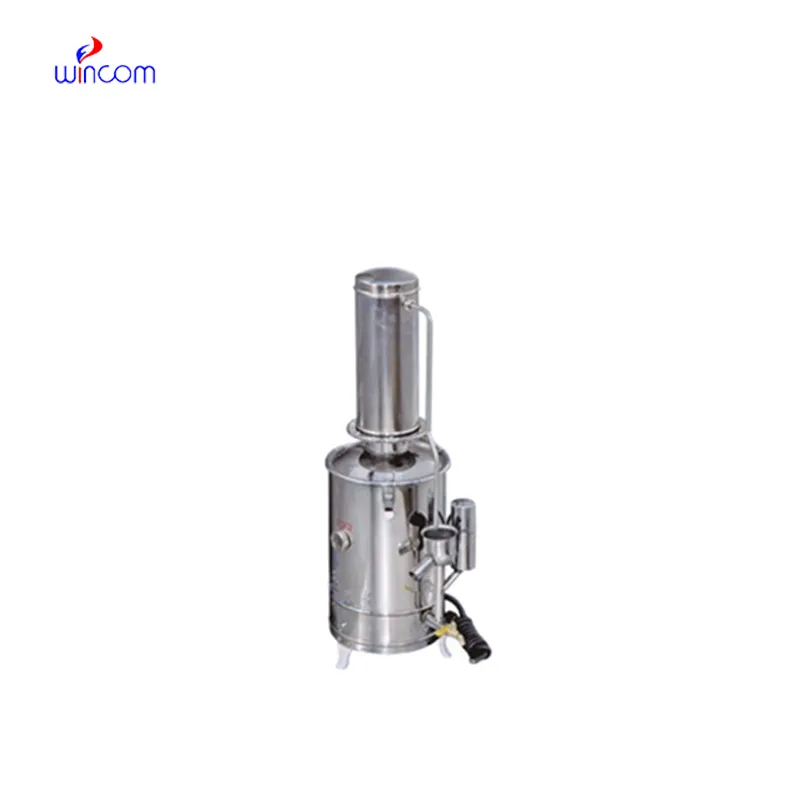
The history of x ray machine comes equipped with an intelligent imaging system that increases grayscale depth and detail understanding. The complex algorithms of the history of x ray machine improve the viewing of subtle lesions and tissues. The history of x ray machine has been designed for high throughput capabilities that promote rapid viewing cycles and convenient data accessibility.

The history of x ray machine is critically important in oncology, where it allows detection and monitoring of tumors throughout treatment. It helps radiologists to track bone and organ structure changes over time. The history of x ray machine also helps with follow-up after surgery, which helps in evaluating healing and treatment response.

The history of x ray machine will move further forward with advances in detector materials and digital processing. Future systems will provide better image quality at much lower radiation doses. With more advanced AI-assisted workflows, the history of x ray machine will enable radiologists to spend more time on clinical interpretation and less on hand-tweaking.

Maintenance of the history of x ray machine requires close attention to mechanical, electrical, and imaging parts. Regular visual examination catches wear or damage early. The history of x ray machine must be cleaned using non-abrasive substances, and filters or protective covers periodically replaced. Preventive maintenance minimizes downtime and provides reliable diagnostic results.
The history of x ray machine uses X-ray transmission through the body to form an image on a detector that helps the doctor see the inside of the body without resorting to surgical procedures. The history of x ray machine produces images that have high clarity and resolution to ensure accurate diagnoses. The history of x ray machine has various applications in medicine depending on the part of the body that needs to be viewed.
Q: What is an x-ray machine used for? A: An x-ray machine is used to produce images of the internal structures of the body, helping doctors detect fractures, infections, and other medical conditions. Q: How does an x-ray machine work? A:X-ray machine emit controlled radiation that passes through the body and records varying degrees of absorption on detectors or film, creating visual images of bones and tissues. Q: Is it safe to use an x-ray machine frequently? A: Modern x-ray machines use very low doses of radiation, and protective measures such as lead aprons help minimize exposure for both patients and operators. Q: Can an x-ray machine detect soft tissue injuries? A: Although X-rays machine are primarily used to examine bones, they can reveal some soft tissue abnormalities, especially when used with contrast agents or digital image enhancement techniques. Q: Who operates an x-ray machine? A: X-ray machines are typically operated by trained radiologic technologists who ensure correct positioning, exposure settings, and safety protocols during imaging.
The centrifuge operates quietly and efficiently. It’s compact but surprisingly powerful, making it perfect for daily lab use.
We’ve been using this mri machine for several months, and the image clarity is excellent. It’s reliable and easy for our team to operate.
To protect the privacy of our buyers, only public service email domains like Gmail, Yahoo, and MSN will be displayed. Additionally, only a limited portion of the inquiry content will be shown.
Hello, I’m interested in your water bath for laboratory applications. Can you confirm the temperat...
I’m looking to purchase several microscopes for a research lab. Please let me know the price list ...
E-mail: [email protected]
Tel: +86-731-84176622
+86-731-84136655
Address: Rm.1507,Xinsancheng Plaza. No.58, Renmin Road(E),Changsha,Hunan,China